spaced repetition
description: evidence-based learning technique performed with flashcards
8 results

Fluent Forever: How to Learn Any Language Fast and Never Forget It
by
Gabriel Wyner
Published 4 Aug 2014
By doing this, you’ll spend most of your time successfully recalling words you’ve almost forgotten and building foundations for new words at a rapid, steady clip. Playing with timing in this way is known as spaced repetition, and it’s extraordinarily efficient. In a four-month period, practicing for 30 minutes a day, you can expect to learn and retain 3600 flash cards with 90 to 95 percent accuracy. These flash cards can teach you an alphabet, vocabulary, grammar, and even pronunciation. And they can do it without becoming tedious, because they’re always challenging enough to remain interesting and fun. Spaced repetition is a godsend to memory intensive tasks like language learning. It’s a pity that it wasn’t a subject back in school, when I had a lot more to remember.
…
You also need to retain the connections you’ve made, even when you’re busy learning new words. This is a lot to do at once, so you might as well use the best tools for the job. Until someone puts a USB port into the back of our skulls, our most effective weapon against forgetting is spaced repetition. And since we need deep, memorable experiences to get the most out of spaced repetition, we might as well get them in the process of making our flash cards. The card construction process is one of the most fun and satisfying ways to learn a language. Content in the knowledge that every detail will become a permanent memory, you become the architect of your own mind.
…
We like habits; they make the difference between comfortably chatting with the Parisian waitress and awkwardly asking for the English menu. KEY POINTS • Spaced repetition systems (SRSs) are flash cards on steroids. They supercharge memorization by automatically monitoring your progress and using that information to design a daily, customized to-do list of new words to learn and old words to review. DO THIS NOW: LEARN TO USE A SPACED REPETITION SYSTEM (SRS) We have found a way to defeat forgetting. Now we must decide what to remember. In the next four chapters, I’ll show you precisely what to learn and how to learn it.
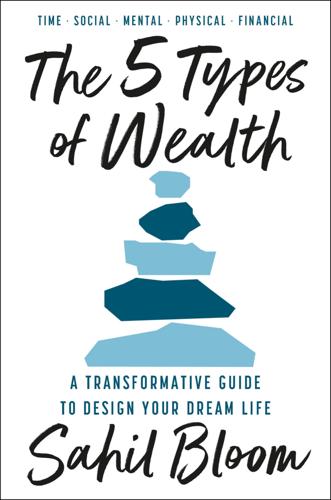
The 5 Types of Wealth: A Transformative Guide to Design Your Dream Life
by
Sahil Bloom
Published 4 Feb 2025
Use the Feynman technique: Find beauty in simplicity. How to Retain Everything: The Spaced-Repetition Method Pillar: Growth Spaced repetition leverages cognitive science to help you retain new information. It plays on the way our brains work to convert short-term to long-term memory. With spaced repetition, information is consumed at increasing intervals until it’s committed to long-term memory. German psychologist Hermann Ebbinghaus was the first to identify the effect of spaced repetition on memory retention. In an 1885 paper, he formulated the Ebbinghaus Forgetting Curve (EFC).
…
Ebbinghaus observed that each time the newly learned information was reviewed, the EFC was reset at the starting point but with a slower decay. The spaced repetitions had the effect of flattening the memory-retention decay curve. Why does this work? Think of your brain as a muscle—each repetition is a flex of that muscle. By steadily increasing the intervals between reps, you are pushing the muscle with a steadily more challenging load. You’re forcing the retention muscle to grow. Here’s how to implement the spaced-repetition method: Let’s imagine you consume some new information at 8:00 a.m. Now you start the repetitions: Repetition 1: 9:00 a.m.
…
A few common Mental Wealth anti-goals to avoid on your journey: Failing to connect with a purpose bigger than myself Giving up on all learning that does not provide direct financial utility Losing all the space in my life as I pursue new activities and growth Here are ten proven systems for building Mental Wealth. 1. Mental Wealth Hacks I Wish I Knew at Twenty-Two 2. The Power of Ikigai | Purpose 3. The Pursuit Map | Purpose 4. The Feynman Technique | Growth 5. The Spaced-Repetition Method | Growth 6. The Socratic Method | Growth and Space 7. The Think Day | Growth and Space 8. The Power Walk | Space 9. The Personal Power-Down Ritual | Space 10. The 1-1-1 Journaling Method | Space Mental Wealth Hacks I Wish I Knew at Twenty-Two A collaboration with Susan Cain, New York Times bestselling author of Quiet: The Power of Introverts in a World That Can’t Stop Talking and Bittersweet: How Sorrow and Longing Make Us Whole.
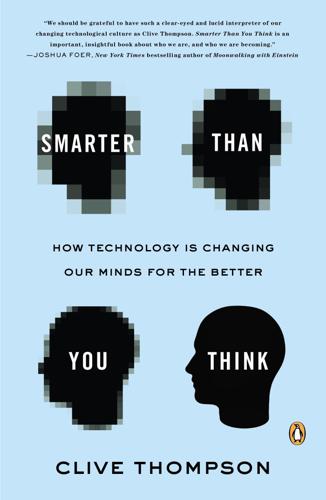
Smarter Than You Think: How Technology Is Changing Our Minds for the Better
by
Clive Thompson
Published 11 Sep 2013
Ebbinghaus and his followers theorized that this process could work in reverse. If you reviewed a fact one day after you first encountered it, you’d fight the curve of loss. This process is called “spaced repetition,” and experiments and anecdotes suggest it can work. It explains why students who cram for a test never retain much; the material dissolves because they never repeat it. But though spaced repetition is clever and effective, it has never caught on widely, because ironically, the technique relies on our frail human memories. How would you remember to review something the next day? Then a few days later, a week, and three months?
…
Their recall improved, sometimes dramatically: Steve Hodges, Lyndsay Williams, Emma Berry, Shahram Izadi, James Srinivasan, Alex Butler, Gavin Smyth, Narinder Kapur, and Ken Wood, “SenseCam: A Retrospective Memory Aid,” Proceedings of the 8th International Conference of Ubiquitous Computing (2006): 177–93; Georgina Browne, Emma Berry, Narinder Kapur, Steve Hodges, Gavin Smyth, Peter Watson, and Ken Wood, “SenseCam Improves Memory for Recent Events and Quality of Life in a Patient with Memory Retrieval Difficulties,” Memory 19, no. 7 (2011): 713–22; Georgina Browne, Emma Berry, Steve Hodges, Gavin Smyth, Alex Butler, Lyndsay Williams, James Srinivasan, Alban Rrustemi, and Ken Wood, “Stimulating Episodic Memory Using SenseCam,” poster presentation on Microsoft Research Web site (2007), accessed March 24, 2013, research.microsoft.com/pubs/132686/4%20Festival%20of%20Internation%20Conferences%20Poster%20.pdf; and personal interview with Lyndsay Williams and Ken Wood. this process could work in reverse: Ebbinghaus, Memory, Kindle edition. “spaced repetition”: John J. Donovan and David J. Radosevich, “A Meta-Analytic Review of the Distribution of Practice Effect: Now You See It, Now You Don’t,” Journal of Applied Psychology 84, no. 5 (October 1999): 795–805. in an Ebbinghausian fashion: “Frequently Asked Questions,” Amazon Kindle Web site, accessed March 24, 2013, kindle.amazon.com/faq.

The Secret War Between Downloading and Uploading: Tales of the Computer as Culture Machine
by
Peter Lunenfeld
Published 31 Mar 2011
This means that it is impossible to predict any single solution at any extended period of time. Pendulums or pistons have relatively simple attractors. More complex systems (like weather, the stock market, or human culture) rely on a huge number of attractors and can be better thought of as “phase spaces.” In phase spaces, repetitions and differences lead to constantly shifting equilibriums. A minor change in the original condition can effect a hugely different outcome—better known as the “butterfly effect”—and can also create a different attractor, collapsing it into a fixed solution or tumbling it back into apparent chaos before a new strange attractor establishes itself.
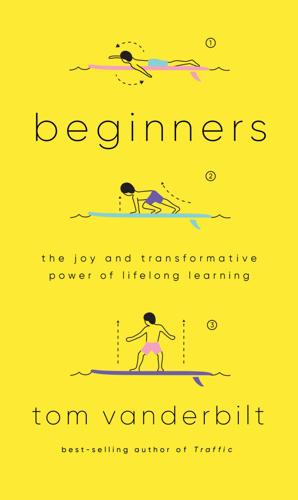
Beginners: The Joy and Transformative Power of Lifelong Learning
by
Tom Vanderbilt
Published 5 Jan 2021
Take a bunch of forty- to sixty-year-olds, as one study did, and have them practice a golf swing for thirty days. Their brains will become more efficient at handling the task, and they’ll have a better swing. We don’t lose our ability to get better. I tried to ratchet up my chess brain. I did puzzles. I clicked through endgames on Chessable, a website that used “spaced repetition” and other proven learning techniques. I played games of 960, where the pieces are randomly scattered, to shake myself up. To help me make faster moves in the thirty-minute games, I played five-minute blitz games. To help me get faster in blitz, I played rounds of one-minute “bullet chess.” To get faster at bullet, I tried the truly terrifying “hyper-bullet chess,” lasting all of fifteen seconds.
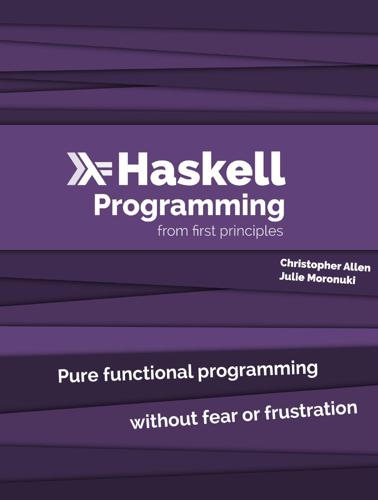
Haskell Programming: From First Principles
by
Christopher Allen
and
Julie Moronuki
Published 1 Jan 2015
If you do get to a later chapter and find you did not understand a concept or structure well enough, you can always return to an earlier chapter CONTENTS 23 and do more exercises until you understand it. The Freenode IRC channel #haskell-beginners has teachers who will be glad to help you as well, and they especially welcome questions regarding specific problems that you are trying to solve.1 We believe that spaced repetition and iterative deepening are effective strategies for learning, and the structure of the book reflects this. You may notice we mention something only briefly at first, then return to it over and over. As your experience with Haskell deepens, you have a base from which to move to a deeper level of understanding.
…
Few problems have only one possible solution, and solving the same problem in different ways increases your fluency and comfort with the way Haskell works (its syntax, its semantics, and in some cases, its evaluation order). • Do not feel obligated to do all the exercises in a single sitting or even in a first pass through the chapter. In fact, spaced repetition is generally a more effective strategy. • Some exercises, particularly in the earlier chapters, may seem very contrived. Well, they are. But they are contrived to pinpoint certain lessons. As the book goes on and you have more Haskell under your belt, the exercises become less contrived and more like “real Haskell.” • We recommend you move away from typing code examples and exercises directly into GHCi sooner rather than later and develop the habit of working in source files.
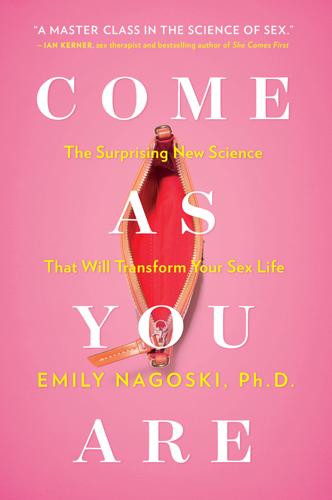
Come as You Are: The Surprising New Science That Will Transform Your Sex Life
by
Emily Nagoski Ph.d.
Published 3 Mar 2015
The rats in chapter 2 linked lemons or jackets with sex, and baby Frankie and baby Frannie’s brains coupled genital response, internal sensations, and external environment because of the expecting system. This is implicit learning—a different experience from explicit learning. Explicit learning is memorizing a poem with spaced repetition and conscious effort. Implicit learning is (in part) the expecting system linking stimuli across time and space. We don’t have to study or memorize anything to learn which foods taste delicious and which people are mean. We learn these kinds of emotional things implicitly. Eagerness, the third system, is the generic gas pedal of the emotional brain.
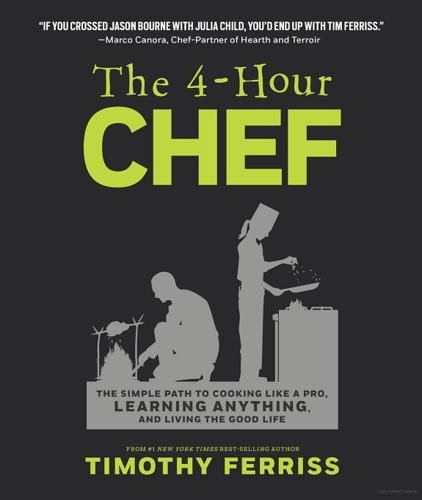
The 4-Hour Chef: The Simple Path to Cooking Like a Pro, Learning Anything, and Living the Good Life
by
Timothy Ferriss
Published 1 Jan 2012
Following a lecture in high-tech entrepreneurship at Princeton, which I give twice a year, a student named Greg Detre approached me to discuss angel investing. His new start-up, Memrise, focused on accelerating the acquisition of foreign languages. Detre was completing his PhD in computational neuroscience and aimed to crack the learning code by combining optimal spaced repetition with crowd-sourced (and crowd-vetted) images, among other things. As an aside, he’d also performed DARPA-sponsored research on using fMRI scans to read minds. His partner for Memrise was an unassuming and affable Brit named Ed Cooke. Google helped me figure out the rest. Ed has memorized a shuffled deck of cards in competition in 43 seconds.